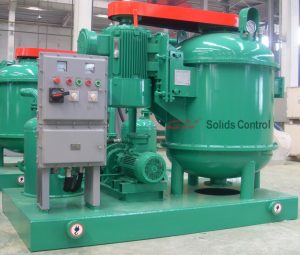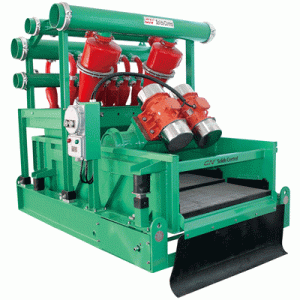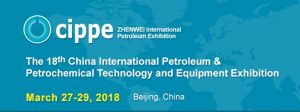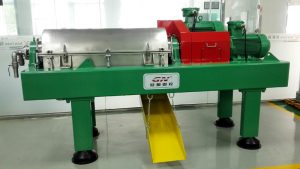Facts:
Poor boy degasser’s design purpose is for treating big volume of dissolved gas in the drilling mud. Such gas under the pressure will be expand if not take care it properly. The poor boy degasser in traditional throttle pipe and between the vibrating screen and it has a direct discharge of gas pipeline. The installation of poor boy degasser is typically installed in the rear of the throttle manifold.
The poor boy degasser needs meet the following operation needs:
- Through field operation feedback, the capacity of gas process on poor boy degasser need to be five time as much as the design cycle.
- The inner diameter of the pipeline need to be same or larger than the coke manifold in the inlet pipeline of the poor boy degasser.
- The drilling fluid is directly discharged into the inlet manifold of the vibrating screen or the reserve tank of the drilling fluid.
- The diameter of the exhaust should be 8 inches or greater.
- The valve should not be installed on the gas discharge line.

Poor boy degasser parameters:
- The gas from the separator must be firmly fixed.
- During the cold weather the poor boy degasser installed on the bottom of the cleaning valve, in order to prevent liquid from blocking the liquid gas separator, the valve should be opened.
- It need to be clean and maintain the poor boy degasser according to the specification or service provided by the manufacture
GN Solids America LLC is user-friendly driven manufacture. We will try our best to assist your business to be successful. Welcome to visit www.gnsolidsamerica.com and please send your inquiries .
Houston office and warehouse address:
6710 Windfern Rd
Houston, Texas 77040
USA
We are looking forward to assist your drilling project need



